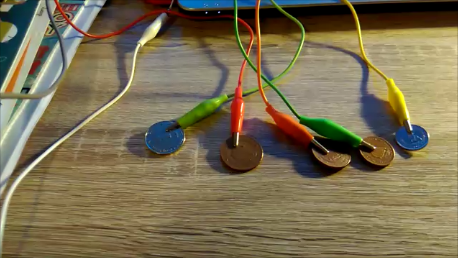What's the score?
One advantage of using a computer game with a score system is that you can use this data to measure student progress, but as I have realised you need to consider what the game is really measuring.[1]
I was planning on using the scores the students achieved
while playing the game as a form of quantative data to show if they have
improved or not, but watching the game unfold I can see that this does not give
an accurate picture.
The first time they play, it takes them a while to become
familiar with how the game works and so even those who already know all the
notes made mistakes. Most people’s score increased each time they played but
some of this was just getting used to the game play and working out how to respond
as quickly as possible, it doesn’t mean that they have improved their note
reading skills.
Looking solely at the scores for one student in particular you
would say that she has not progressed at all, but by watching her play I can
see that she has improved each time. The game doesn’t measure how many answers
you got wrong, only those you get right. When she first started playing the
game she was mostly guessing and so getting a lot of wrong answers. Now she can
complete the game with almost no mistakes but her score has not changed because
she is taking her time to answer the questions as she thinks through the scale.
This is why triangulation, collecting data in several
different ways, is important. It allows you to see the same thing from
different perspectives and so confirm or challenge the findings.[2]
For this project as well as the game scores I am using my observations and
field notes and interviews with the participants to collect data.
[1] Brown, Music Technology and Education
[Electronic Resource], 70.
[2] Bell, Doing Your Research Project
[Electronic Resource], 102.



Comments
Post a Comment